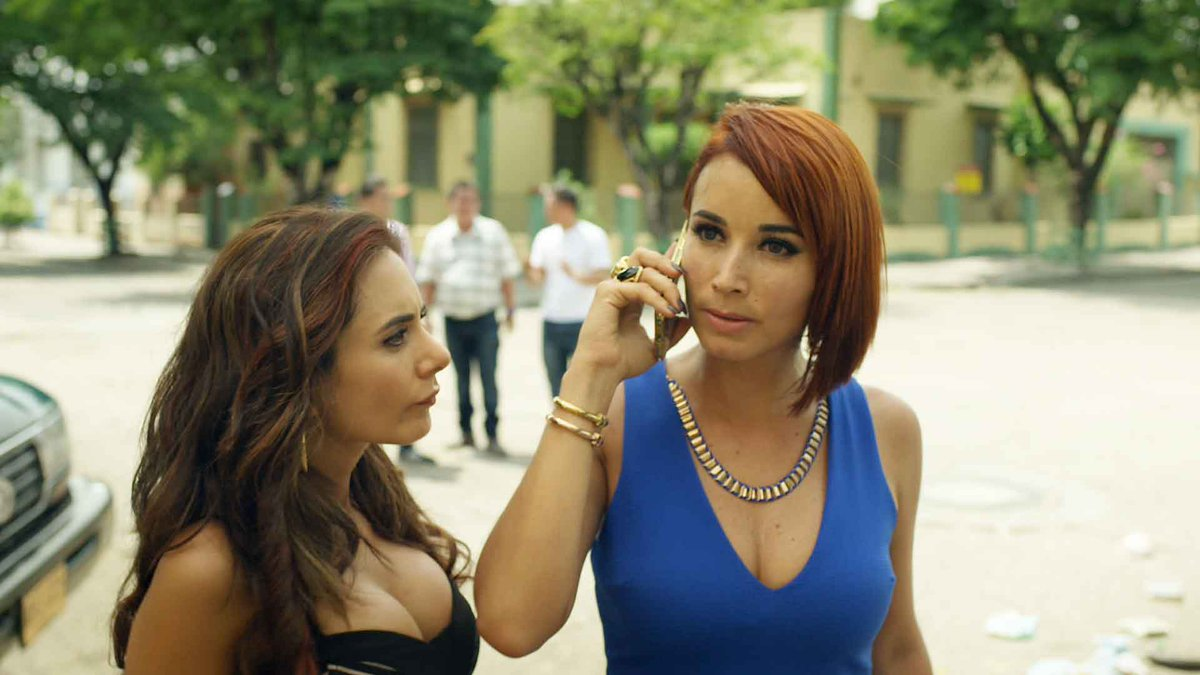Prince Not Charming

As I tune in to my telenovela, “Maria La Del Barrio,” I’ve been keeping in mind its classic Cinderella structure as we learned in class, but what I’ve found is a quite unconventional prince. The pilot introduces Maria as the extremely poor, orphaned Cinderella who is living with her godmother. Upon her godmother’s passing, Maria is placed in a rich benefactor’s home by the local priest, as her last dying wish. It was a clever choice to incorporate the godmother granting a wish for Maria’s class elevation in this format. What breaks the mold of Cinderella though, is the introduction of her dashing, but cynical prince, Luis Fernando. Although handsome and rich, Luis Fernando is initially vicious and bratty. After being dumped, he vows to make every woman he crosses paths with miserable, and our heroine, poor, innocent Maria is no exception. In true Cinderella fashion, Maria is smitten with the tall and dashing Luis Fernando at first sight, but he takes no pity or compassion to her condit...






